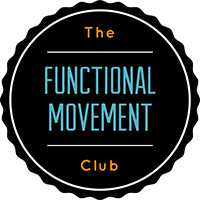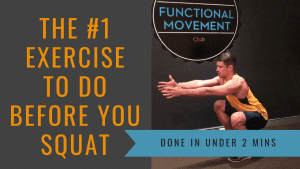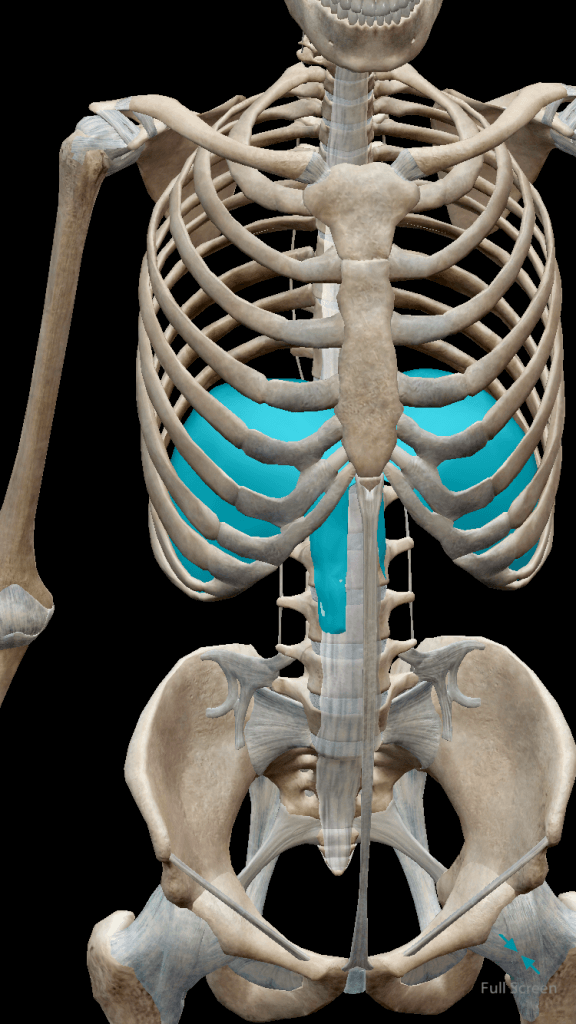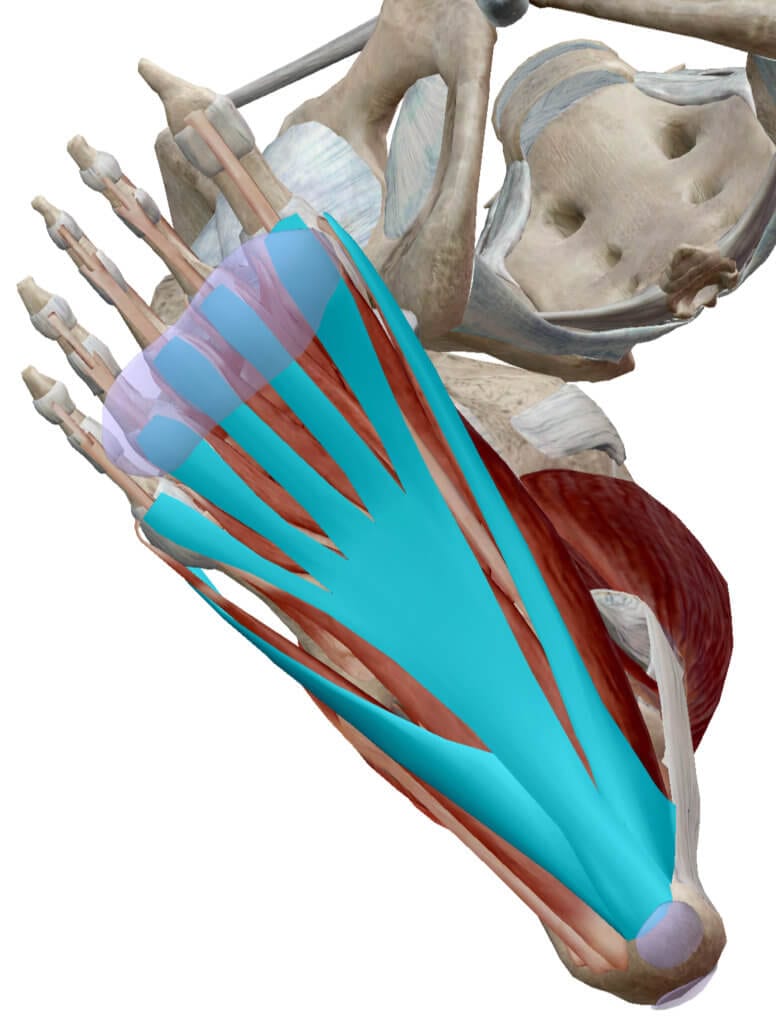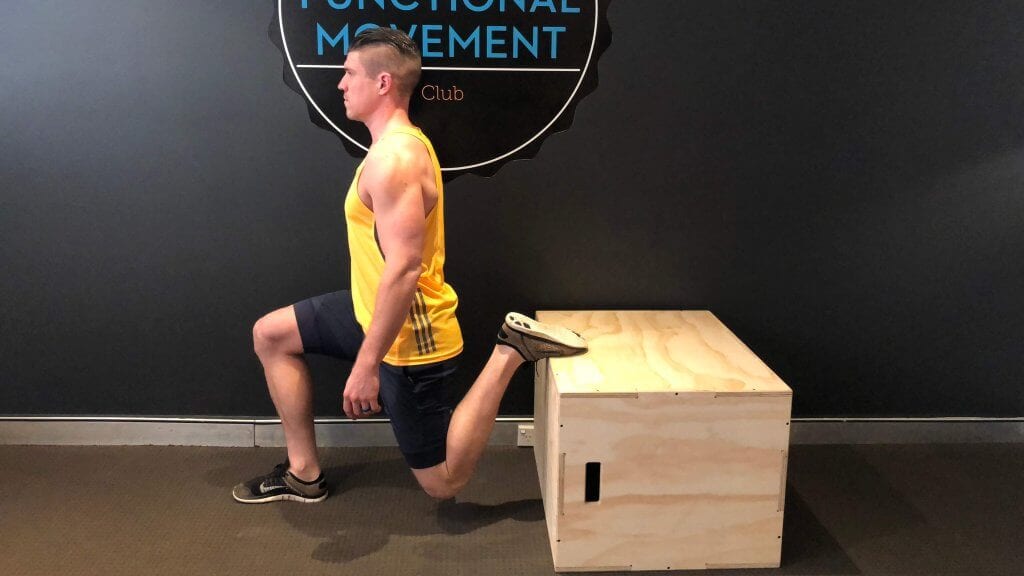Fix Your Squat: Is Ankle Mobility limiting your Squat?
Is Ankle Mobility Limiting Your Squat:
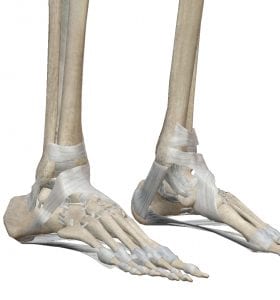
If you’re unsure why your squat is feeling a little funky check out how to save your squat first. Then, if you find it is ankle mobility limiting your squat. We have a quick fix making use of the banded stretching technique.
The use of a band allows you to place a greater distraction force on your joint. It helps you to regain some of that range of motion you thought was lost. You can greatly increase your range of motion from banded distraction stretching and PNF (proprioceptive-neuromuscular facilitation) stretching. PNF is the fancy term for contract and relaxed stretches.
Increase Range Of Motion With Banded Distraction Stretching:
PNF stretching occurs when you contract or shorten the opposite muscle which is tight. It works because of a little body hack known as reciprocal inhibition. In a nutshell when one muscle shortens the opposing muscle has to lengthen. Take for example your biceps and your triceps. When you flex (bend) your elbow, bringing your hand towards your face, the bicep shortens. In order for the biceps to shorten, the tricep needs to lengthen.
PSST . . . Heres a FREEBIE I made for you
Fixing Your Ankle Flexibility:
If you have been stretching muscles for an extended period of time, without seeing any real improvement. Maybe it’s time your stop stretching your muscles and start stretching your joints. Most of the joints in your body are synovial joints (meaning they have synovial fluid in them). Over time things such as gravity and repetitive motions squeeze the fluid out of these joints. When your joints lose this fluid the articular cartilage (think foam rap that goes around the ends of your bones to stop them rubbing on and annoying each other), wears away with it.
Banded distraction techniques help to get the joint moving by giving it more space by creating a barrier between the joint surfaces. This separation of the joints creates extra space for synovial fluid to come in. It also allows the joint to glide and slide smoothly again.
Give this simple distraction stretch of the ankle ago:
- Pop the band just above the ankle joint.
- Slowly walk the foot out to place some tension on the band.
- Keeping the heal on the floor lean the knee over the toes (place kettlebell or weight plate in knee if you’re feeling adventurous).
- Hang out here for a minute or until you feel a change in the tissue
*this can be a pretty aggressive stretch so if you feel pain or feel as though you can’t hold the stretch back off the weight or resistance on the band until comfortable.
Fix Your Ankle Stability:
After you have created some range of motion, you need to train your brain to trust your ankle with this added responsibility. Without trust you will fall back into the same habits of having “tight ankles”. I love this Talus Tracking exercise. It’s simple and it feels really nice (whilst being deceptively hard to execute properly, the sign of any good exercise).
- Grab a broomstick, and start off in a lunge position with the broomstick on the outside of your littlest toe.
- keeping even pressure through your foot tripod (base of big toe, base of little toes, and your heel bone), slowly and smoothly glide your knee to the outside of the broomstick.
- Pause here for one second (you can take a breath if you like as it helps reinforce your control of this position), then slowly and smoothly bring the knee back so that it’s in the same starting position with the knee above the ankle.
- Repeat 10-20x (you want to do a lot of reps to make this movement pattern automatic)
![]()
![]()
Tying It All Together:
Now its time to retrain your body to hold onto your new ankle range of motion in the bottom of a squat. By specifically putting it into the position you wish to utilise without too much stress, it will respond much better to the stress placed on it when you do squat.
- Go back to your wall or squat rack.
- Slowly lower into your squat, supporting some of your weight with your hands
- Breathe.
- If you feel comfortable, you can shift your weight forward and back, or knees in and out to get the ankles used to various positions it might move into whilst you are squatting.
- Hang out in this position for a minute or 2, not only will you feel your muscle relax and become more comfortable in this position. It will give you a better “feel” for your squat, ie when it feels good, and when something is not quite right.
So In Summary:
If you have found that ankle mobility is the limiting factor in your squat, then
- Get out of the band and work on stretching out the calf and the ankle joint.
- Next, you are going to want to make sure you are reinforcing your newfound range of motion with the Talus Tracking exercise.
- Progressively load it up in an unweighted squat
- then you are ready to load it up with your squat, to make sure your brain doesn’t freak out and tighten up the ankle again.
If you find your hip gets tight when you squat check out the next article in this series: Fix Your Squat-Hip Mobility Or if you’d like more info on our 6 Fundamental Movement Patterns You Need To Be Training: check them out here.
Need Some Extra Help With Your Mobility? Click Below Or Give Us A Call:
Check out our Better Mobility Program.(Click Here)
